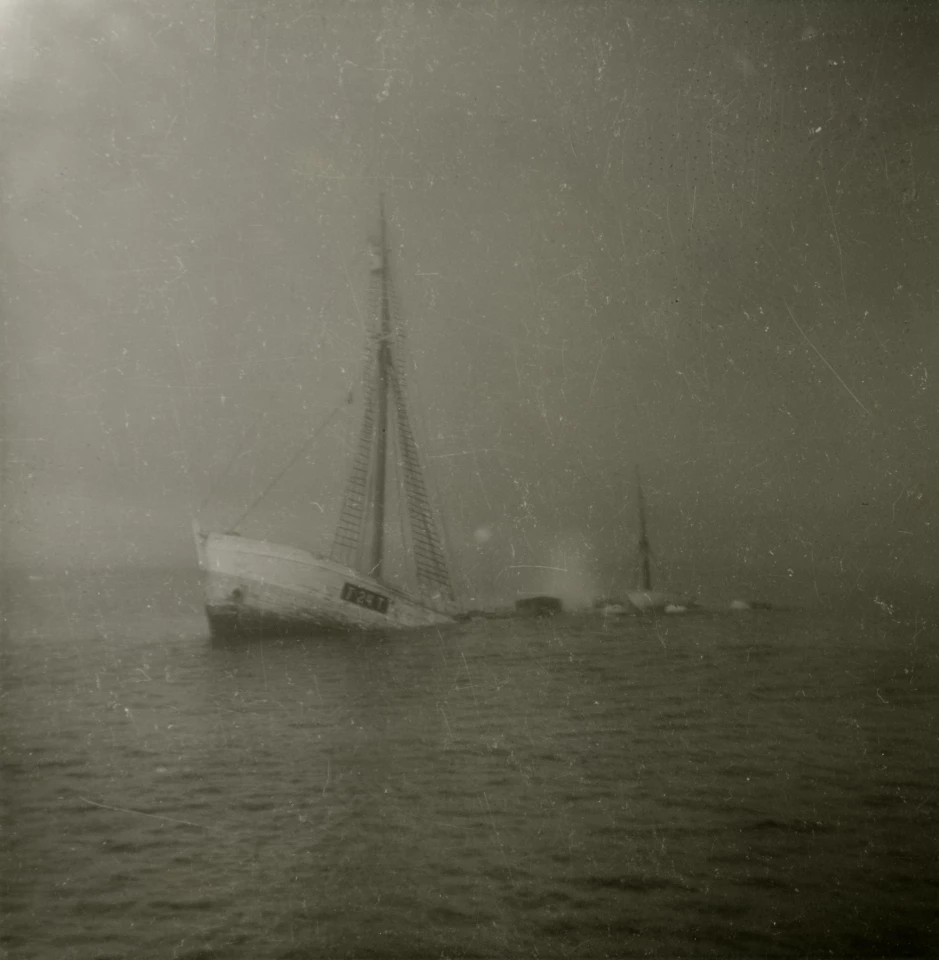The wreck of the ship used for Sir Ernest Shackleton's final Antarctic expedition has been located by the Royal Canadian Geographical Society (RCGS) off the coast of Labrador. The Quest, aboard which Sir Ernest died in 1922, sank in May 1962.
Sir Ernest Shackleton stands out in the annals of early Antarctic exploration even among such incredible figures as Captain Falcon Scott, Roald Amundsen, and Admiral Richard Byrd. He was the third officer on Scott's Discovery Expedition (1901-1904) before being sent home for what were officially called health reasons. After this he was the leader of the Nimrod Expedition (1907-1909), which saw him and three other men come closest yet to the South Pole, reaching 88°23′ S, or 97 geographical miles (112 statute miles or 180 km) from the Pole before running out of food.
He didn't reach the Pole, but he did pick up a knighthood for his troubles.
With the South Pole having been conquered by Amundsen in 1911, Shackleton led the Imperial Trans-Antarctic Expedition of 1914–1917 with the goal of traversing Antarctica by land via the Pole. This turned into one of the most famous adventure stories in history. In 1915 when his expedition ship, Endurance, was trapped in the winter ice pack and crushed, the 27 men aboard were forced to abandon ship. When the ice later broke up, Shackleton led his crew in two lifeboats to reach Elephant Isle.
From there, Sir Ernest and five companions set out in one of the open boats on an epic voyage of 720 nautical miles (830 miles, 1,330 km) to South Georgia Island in the South Atlantic. They then traversed the mountains that formed the island's spine without proper equipment to reach the whaling station there. He then led the rescue expedition to pick up the remainder of the crew without losing one person on August 30, 1916.
In 1921, Shackleton launched his final adventure, the Shackleton–Rowett Expedition. For this, he purchased a Norwegian-built, schooner-rigged, wooden-hulled sealer called the Foca, which was renamed the Quest by Lady Shackleton. The intent was to study the area around Baffin Bay in Canada, but he was unable to secure permission from the Canadian government, so he changed the destination to Antarctica again to map the coast and surrounding islands.

Unfortunately, Shackleton never reached the Antarctic one last time. Stopping off at South Georgia Island, Shackleton died of a heart attack at the age of 47. His body was eventually interred at Grytviken on South Georgia Island at his widow's request. Shackleton's death was the only one on any of the expeditions he'd led.
After a refit, the Quest continued to be used for polar exploration in the 1920s, including taking part in the daring rescue of the survivors of the Italia Arctic airship crash. In 1930, it went back to sealing and, during the Second World War, it saw service as a cargo ship and minesweeper for the Royal Navy.
Its final voyage was on a seal hunting expedition in 1962 when ice holed the hull and the Quest slipped beneath the freezing-cold waves as all hands were rescued.

Because of the shifting currents and other variables, the exact location of the Quest was uncertain until the RCGS launched a major effort, led by John Geiger, to find the wreck. By using historic logs and maps cross referenced with modern charts, the team was able to allow for currents, weather conditions, and other factors to determine approximately where the Quest came to rest on the sea bottom. Side scan sonar was then brought in to pinpoint it.
The sonar image shows the wreck, which is intact and exactly matches the dimensions of the Quest, lying upright on the seafloor at a depth of 1,280 ft (390 m).
"My grandfather, Sir Ernest Shackleton, had purchased Quest with the intention of leading a Canadian Arctic expedition," said the Honorable Alexandra Shackleton, Sir Ernest's granddaughter and co-patron of the Shackleton Quest Expedition. "It is perhaps fitting that the ship should have ended its storied service in Canadian waters. I have long hoped for this day and am grateful to those who made this incredible discovery."










